
Panjshir in the Mirror of Civilization
(Part Twelve)
Ahmed Shah Masood (احمد شاه مسعود) (c. 1953–September 9, 2001) (variant transliterations include Ahmad, Massoud, etc.) was a Kabul University engineering student turned Afghan military leader who played a leading role in driving the Soviet army out of Afghanistan, earning him the nickname Lion of Panjshir.
War brutalizes man, every afghan bears living testimony to this. If the landscape of Afghanistan bears the craters of the endless war, the political and military leadership in Afghanistan also carries war’s indelible scars. It is important never to lose sight of this.
Ahmed Shah Mas’ud was born to an army family in 1953 in the Panjshir Valley north of the Afghan capital Kabul. His father was a colonel in the Afghan Army and enrolled his son at Kabul’s Lycee Istiqlal High School. Upon graduation Mas’ud joined Kabul's Polytechnic Institute. In 1973 King Zahir Shah was deposed and exiled by his cousin Muhammad Daud. For the young, idealistic, afghan nationalist Mas’ud, this was unacceptable. He plunged headlong into politics, and though still a student led a revolt against the regime. Daud’s agents crushed the revolt and gave Mas’ud a bullet-wound in his leg. Mas’ud escaped to Pakistan.
The Pakistanis gave the Afghan opposition military and political aid. A secret cell under the IG Frontier Corps coordinated the Pakistani effort. The money for this came from Saudi Arabia. Initially Gulbuddin Hekmatyar, Rabbani, Younas Khalis, Ahmad Shah Mas’ud, and others were trained in sabotage, and upon instructions from Pakistani officers in 1974, enticed revolts in Afghanistan. Mas’ud returned to Panjsher, but as elsewhere his revolt too faced a brutal government crackdown and failed miserably. Most of the rebels barely made it back to Pakistan.
The Daud government fell in 1978, the victim of the communist coup of 1978, this created more political upheaval in Afghanistan. The entry of the Soviet Army in 1979 caused a large number of political leaders to flee Afghanistan. This gave Pakistani planners more choices and massive sums of American money and military support. The Pakistanis emphasized on Islam to counterbalance the Afghan nationalism and came to have a controlling influence on the flow of American aid. Pakistani support focused on the `gang of seven’, i.e. Hekmatyar, Khalis, Rabbani, Abdul Rasul Sayaf, Pir Sayed Ahmad Gilani, Sibgratullah Mojadidi, and Mohammad Nabi Mohammadi.
Mas’ud joined Burahanuddin Rabbani’s Jamiat-i-Islami (Society of Islam) and returned to Afghanistan. He established bases in the Panjshir Valley. Mas’ud placed great emphasis on training, coordination and discipline in battle. His appeal drew thousands of volunteers from local villages. He assigned administrative and political responsibilities of the villages that sustained his movement to some of these volunteers. He also formed mobile units, local defense elements and support units with proper operational areas. This policy paid rich dividends on the field. His successes around the Salang Tunnel provoked a response from the Soviet army. Operations began in 1981 and employed corps size formations of Soviet and DRA Army troops equipped with armored personnel carriers and tanks, supported by artillery and Mi-24 helicopters.
The campaign was very bloody, the Soviets took massive losses; defections plagued the DRA Army. Mas’ud’s display of raw courage and tactical genius during the conduct of these battles earned him the title of `Shir-e-Panjshir’ (The Lion of the Panjshir Valley), and his fighters became very skilled. The repeated Soviet offensives (PANJSHIR I- PANJSHIR VI) eventually took their toll on Mas’ud’s forces. By 1983, Mas’ud utilized a delaying tactic, he agreed to a six-month truce in the Panjshir Valley. Neither side even remotely anticipated an end to war but hoped for near-term advantages. The truce lasted till 1985, and Mas’ud used the time to build up political support and to give his troops much needed rest. The Soviets went to war elsewhere in Afghanistan, most notably in Herat. The truce was not well received in Pakistan, many Mujaheddin, labeled Mas’ud a traitor to the cause.
Mas’ud managed to overcome the political drawbacks of his decision. His meetings with the American CIA helped rebuild strength and eventually gave his men access to the Stinger Missile system. By late 1984 the truce had completely broken down, and Mas’ud’s forces once again posed a major threat to the Salang Tunnel. In 1985, Mas’ud expanded his administration, establishing the Shura-e Nizar (Supervisory Council), which oversee the affairs of the vast area from Panjshir to Badakhshan. But this administration faced great difficulties as the Soviets returned to the Panjshir valley in stunning form. Using vast numbers of airborne assault troops (VDV) and helicopters, they took the bulk of the valley in the massive Operation Panjsher VII. This forced Mas’ud’ out of the valley and created a refugee crisis in the parts administered by Mas’ud. The Soviets set up a system of forts to dominate the valley. Mas’ud was undeterred; he absorbed the hit and soon re-tasked his men to harass these forts and their lines of communication. Investing still more in training and coordination, his raid on the DRA Army position at Pechgur Fort, resulted in the death of the DRA Army Central Corps Chief of Staff Brig. Ahmaddodin and the capture of several officers. Despite counter-offensives Mas’ud continued his campaign against the Soviets with much vigor.
The growing cost of war forced the Soviets to leave Afghanistan in 1988, Mas’ud yet again struck a deal with them, allowing them safe passage across the Salang Tunnel, in exchange for weapons and expanding his military control in areas north of Kabul and northern Afghanistan. With Iranian backing, Mas'ud helped set up the Ittehad-e Samt-e Shamal (Northern Alliance) in early 1992. He allied with Gen. Abdulrasheed Dostum to capture most of Kabul after Najibullah's fall in April of 1992. This came as a rude surprise to the Pakistani intelligence community, who were hoping that their `favorite’ Gulbudin Hekmatyar would march in Kabul ahead of Mas’ud. In the first government of the Islamic Republic of Afghanistan, Rabbani was President, and Mas’ud was made Defence Minister.
Mas’ud could not unify the fractious allies. His inability to get along with Gulbudin Hekmatyar during his exile in Pakistan had always been a source of trouble. His group was constanly involved in bloody clashes with Gulbudin Hekmatyar's Hizb-e Islami. The clashes resulted in considerable causalities on both sides even during the fighting against Soviet backed Kabul regime. This discord continued long after Mujaheedin took over of Kabul power in 1992. Mas’ud was suspicious of the Pakistanis, and when the Benazir Bhutto government brokered a new alliance aimed at forcing Gulbuddin Hekmatyar as the prime minister of Afghanistan by way of the Islamabad Accords, Mas’ud opposed it. Mas’ud and Hekmatyar’s power struggle intensified and spilled over into Kabul City. The façade of Mujaheddin unity was shredded to bits as Gen. Abdulrasheed Dostum and Hazaras defected to Hekmatyar’s side exposing Mas’ud’s flanks. This prolonged the conflict, eventually, Mas’ud’s forces wrested control of Kabul City, but the victory came at a horrific cost to its citizens and almost totally polarized Mas’ud’s relations with Pakistan. Still recovering from a bloody confrontation with his former allies, Mas’ud could only watch the march of the Taliban.
When the Taliban met Mas’ud for the first time in February 1995, they demanded he surrender and disarm. True to form, while meeting Mas’ud on the side the Taliban also opened negotiations with the Hazara leader Abdul Ali Mazari. Mas’ud moved to unbalance the Hazaras in south Kabul in a swift offensive on March 6, 1995. In the ensuring fracas, the Hazara leader Mazari was killed in Taliban custody. This permanently destroyed any hope of a Taliban-Hazara peace, and later resulted in the worst sectarian massacres that the region has seen. Regrouping quickly on March 11, 1995 Mas’ud launched a major offensive against the Taliban and drove them out of Kabul city. The bloody street fighting left hundreds of Talibs dead. Mas’ud’s victory brought the Taliban’s `Unstoppable March’ to a sudden halt. Against the superior military force of Ahmad Shah Mas’ud, the as yet weakly organized Taliban stood no chance.
The Taliban shifted their attention and advanced on Shindand airbase held by Ismail Khan, Mas’ud airlifted 2000 of his fighters to Shindand and with the help of aerial bombardment by ex-DRAAF officers, and he broke up the Taliban offensive. The Taliban suffered 3000 casualties in this campaign. The Pakistan ISI now brokered and agreement between Gen. Abdulrasheed Dostum and the Taliban. Gen. Dostum then rebuilt the Taliban Air Force at Kandahar, and the Talibs built up an army of 25,000 troops. They used these to overrun Herat City in October 1995. The Taliban also initiated operations against Kabul in November, but Mas’ud’s men were able to stop these offensives. The relationship between Mas’ud and Pakistan grew worse with each passing day.
On June 26, 1996 Gulbudin Hekmatyar once again changed sides and joined the Rabbani Govt. as the Prime Minister. This angered the Taliban and the Pakistanis, as it made a mockery of their `Anti-Rabbani Alliance’ efforts. The Taliban intensified rocket attacks on Kabul city. This marked the beginning of the Taliban’s second assault on Kabul. The Taliban quickly doubled back to seize Jalalabad in August 1996 after bribing the reigning warlord. Then in a swift campaign, they seized the provinces of Nangarhar, Laghman, and Kunar. Next they advanced with lightning speed taking Sarobi and finally entering Kabul city itself. The speed of the advance paralyzed the Rabbani Govt, Mas’ud accused the Pakistanis of involving regular troops in Taliban offensives. On 26 September 1996, Mas'ud lost control of Kabul to Taliban. He retreated to his main bases in Panjsher. After the loss of Kabul, Mas’ud chose to be more open in his opposition to the Pakistan army. He engaged in military confrontations with the Taliban at Bagram, and later in Konduz, Takhar, and Baghlan. His position grew precarious with each battle. Pakistani manipulation and the world’s short attention span brought many hard days on him. As the Pan-Islamist agendas of the Taliban became clearer, international support for Mas’ud returned and slowly despite murderous losses in the battles against a Taliban army composed increasingly of Pakistani Army regulars, Mas’ud continued to pose a serious military and political challenge to the Taliban and Usama Bin Laden’s Al Qai’da.
On September 9, 2001, two suicide bombers posing as Algerian news reporters assassinated Ahmad Shah Mas’ud at his headquarters in Khwaja Bahauddin. Before detonating the explosive packed into a TV camera, the assassins repeatedly asked Mas’ud why he rejected Usama Bin Laden’s leadership and the International Islamic Jehad. A few days later on September 11, 2001 hijackers loyal from Al Qai’da carried out suicide attacks on the World Trade Center in New York and the Pentagon in Washington DC. The apparent connection between these two events seems impossible to ignore. It seems as though just before launching the first war of this millennium, Usama Bin Laden eliminated his most immediate and dangerous adversary, and thus extinguished one of Afghanistan’s brightest stars.
To summarize, Ahmad Shah Mas’ud represents the violently independent spirit of the Afghan people. Like most Afghans, Mas’ud had a predisposition towards infighting. This otherwise mild discord was amplified in minor part by the circumstance of war, and in greatest part by the cynical manipulations and sinister machinations of the Pakistan Army, which tried to enslave the Afghan people via Pashtun proxies. Some liberals and intellectuals seek to defame Mas’ud as an opportunistic ethnic warlord, and yet even a casual glance shows that his actions pale into nothingness when compared to the acts of the Taliban.
With the passage of time, Mas’ud's minor transgressions will be forgotten and his military brilliance, his will to oppose the systematic murder of civilians in the name of faith, and most of all his commitment to the freedom of the Afghan people will remain the dominant motifs in his memory. The people of all civilized nations shall mourn his passing.
The Omaid Weekly carries the following words on its website:
In remembrance of, and tribute and respect to Afghanistan's greatest son,
True Hero of the Islamic world,
Heir to Hussein, Abu Muslim Khorassani, and Yaqub bin Laith, Patron saint of the future defenders of Aryana and Khorassan,
Prince of the successful Jihad against the Soviet Union,
And forever leader of Afghanistan's will for freedom and independence,
Ahmad Shah Mas’ud (rahmatullah alaih - God's blessings upon him)
The author feels such qualifications are unnecessary, in the difficult years that lie ahead; the mere words `Ahmed Shah Mas’ud’ shall come to mean praise in themselves.













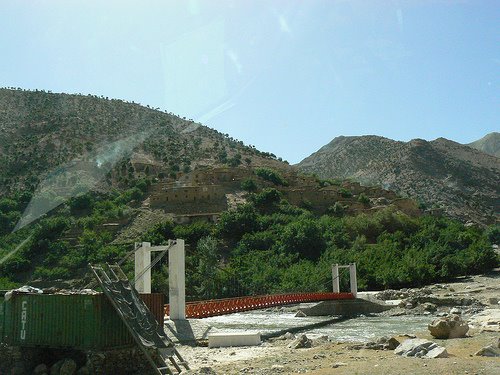
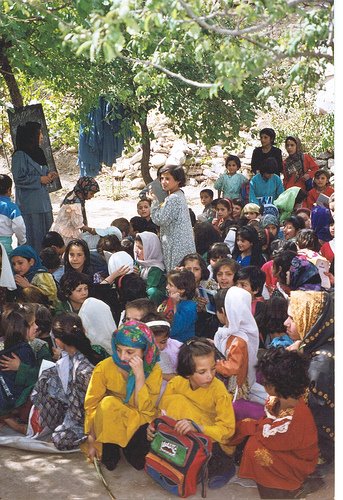












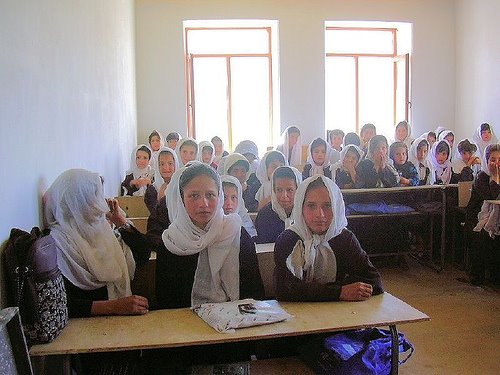
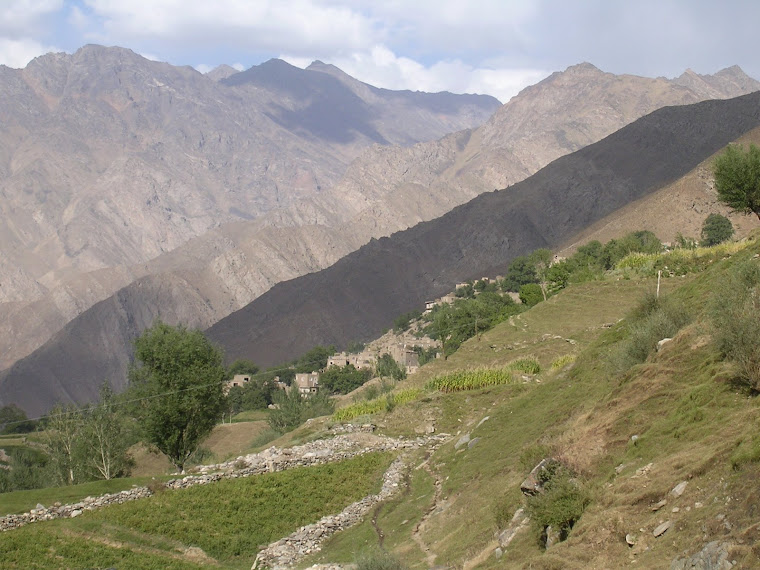



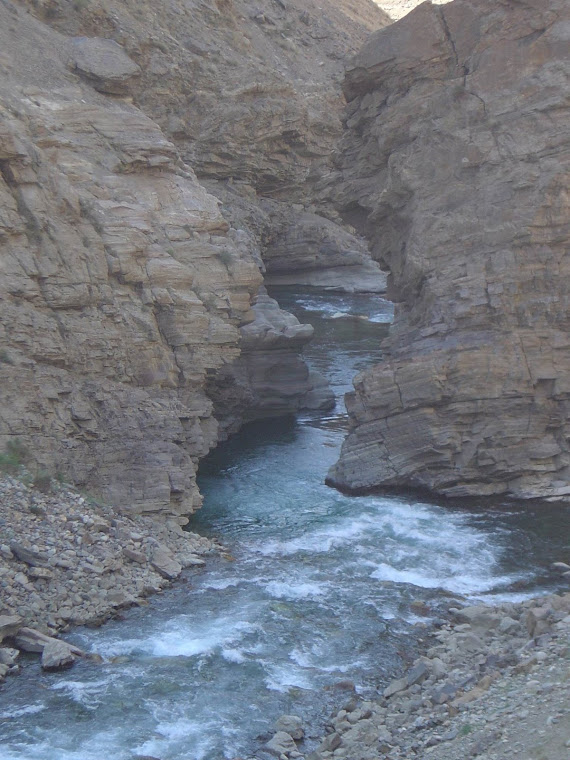

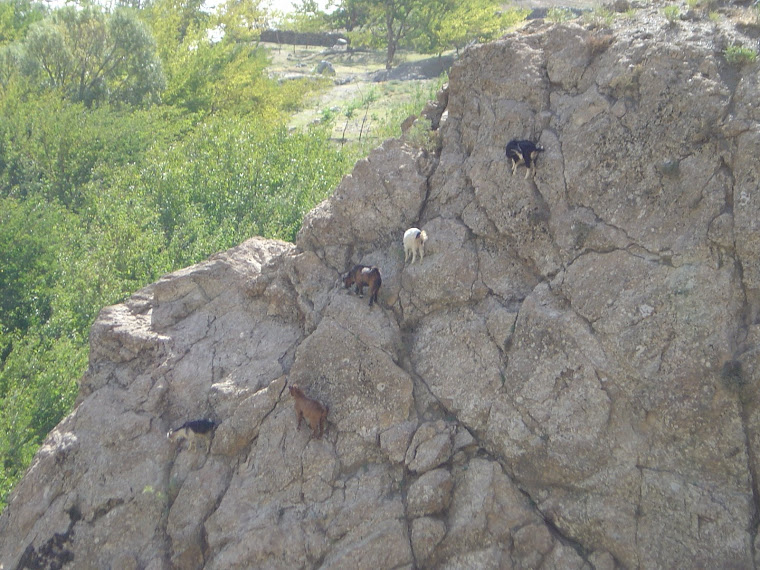




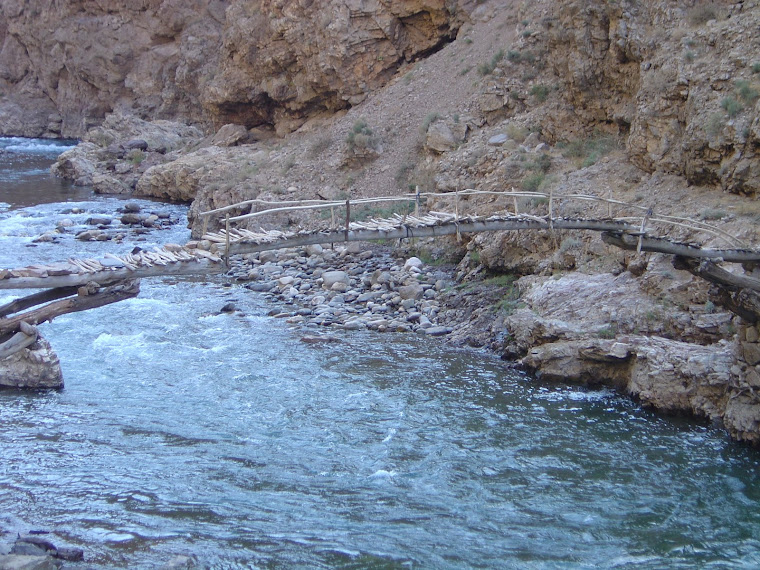

















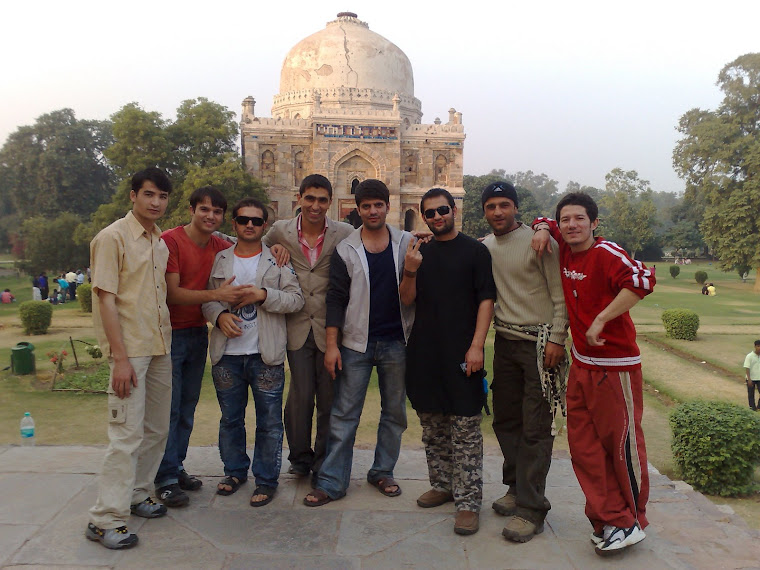


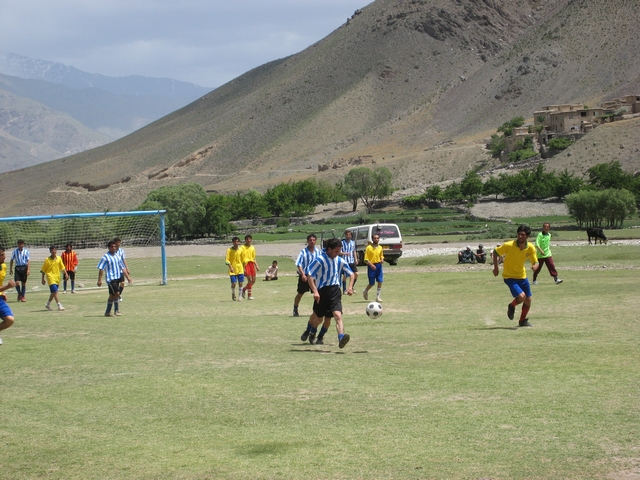

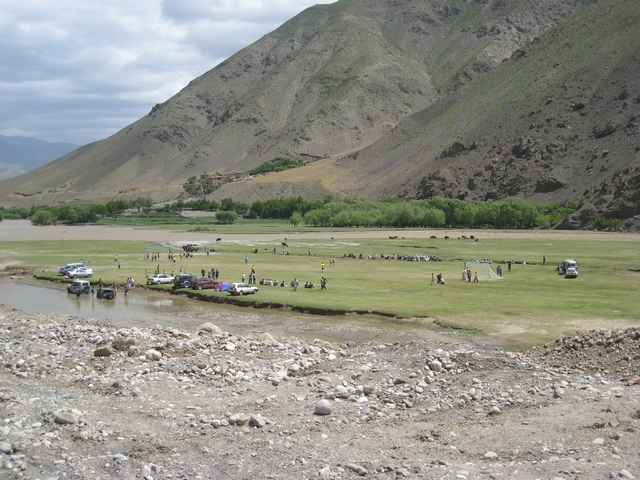
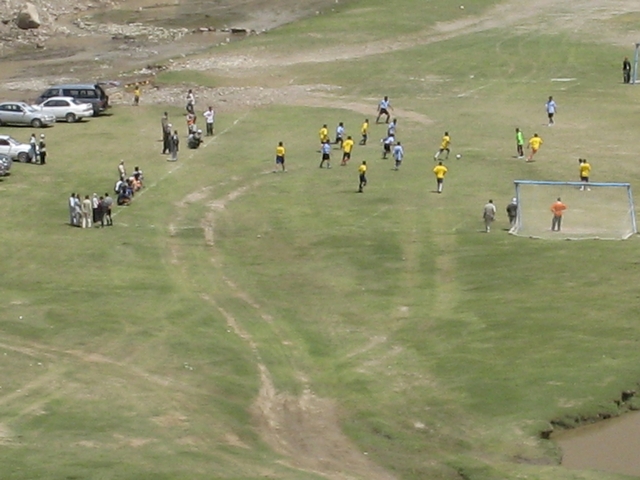
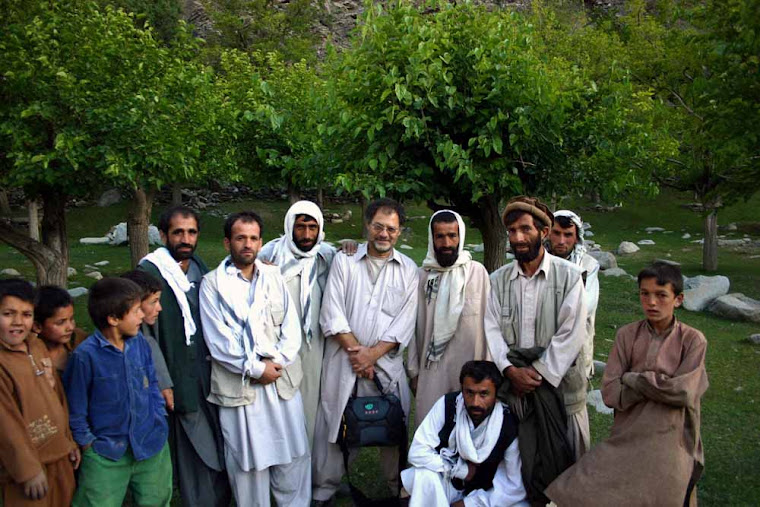







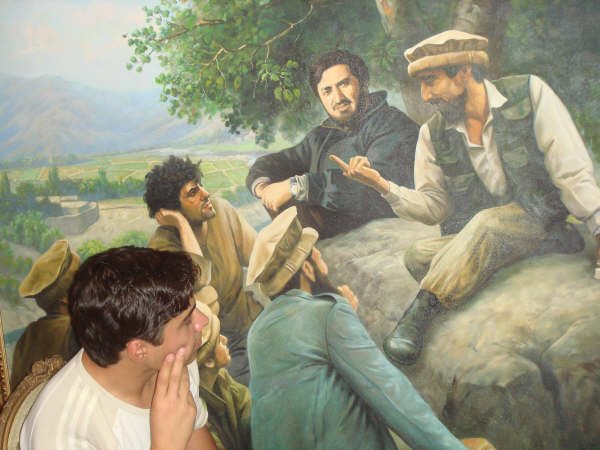

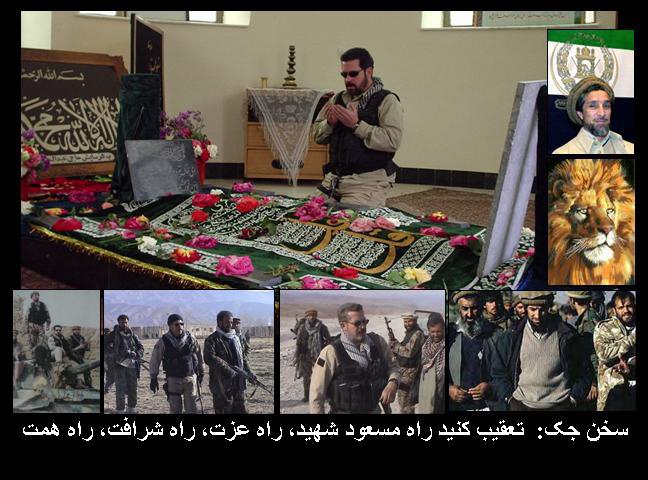
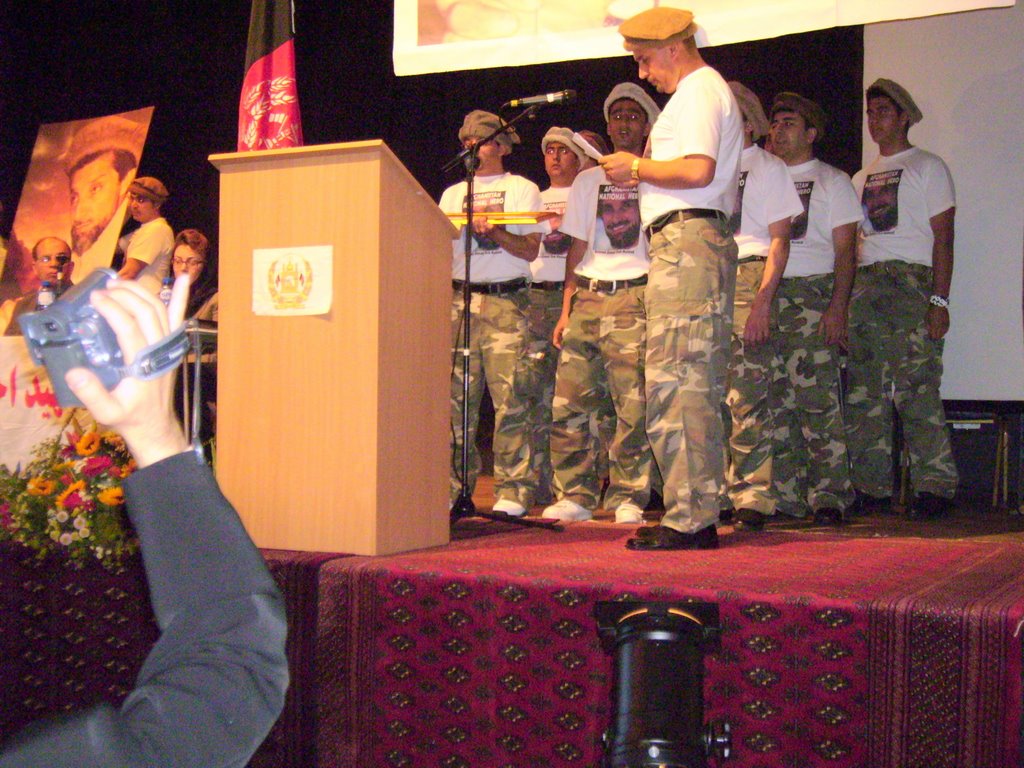

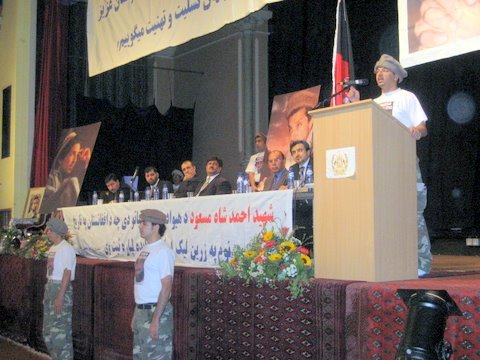
No comments:
Post a Comment